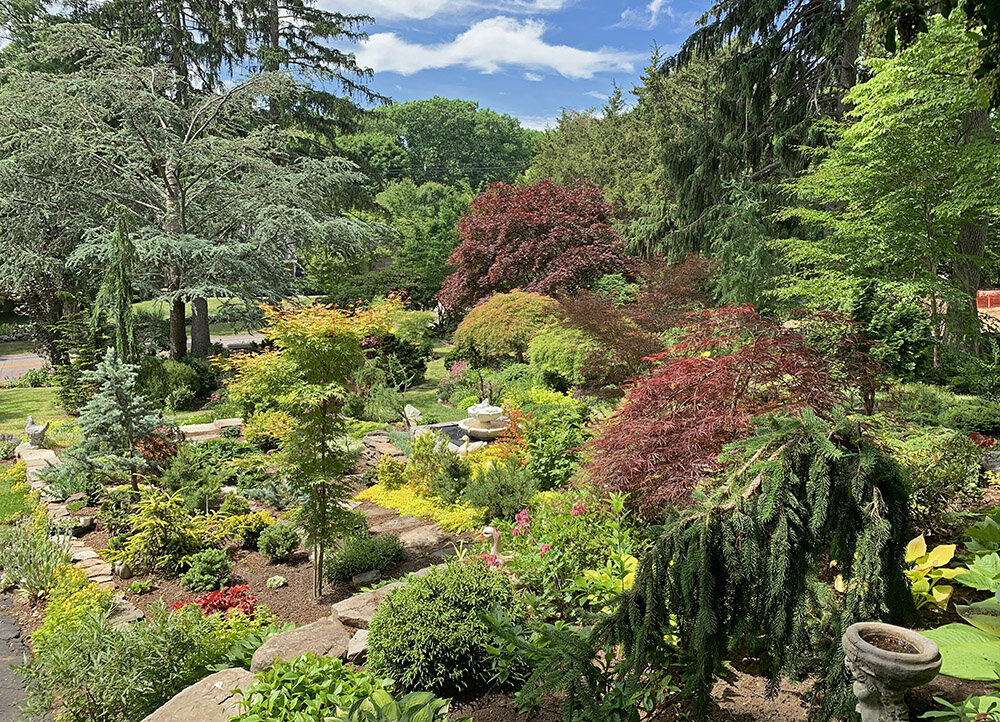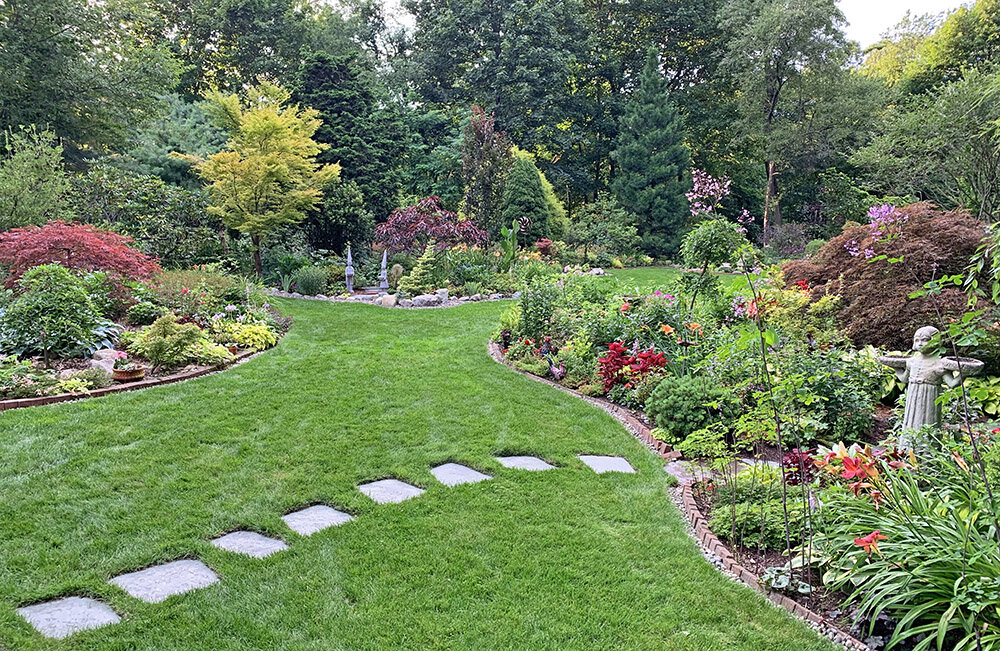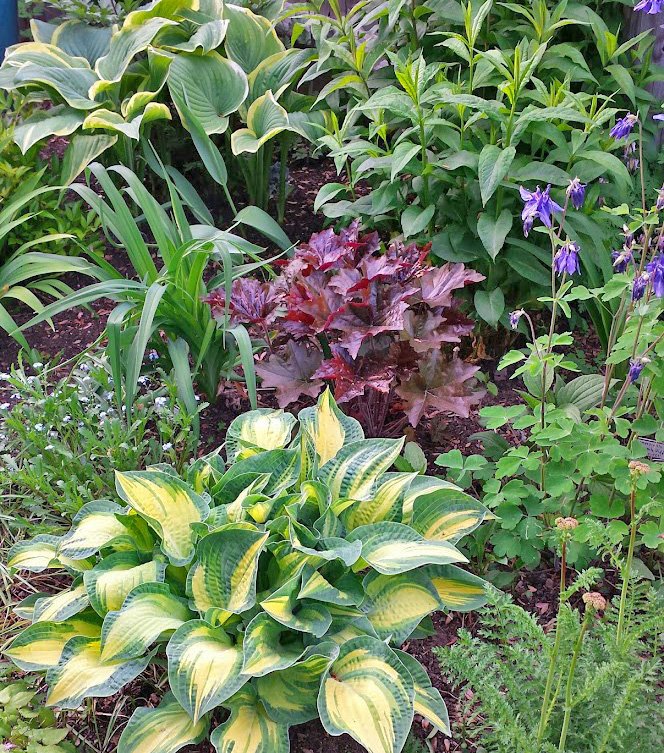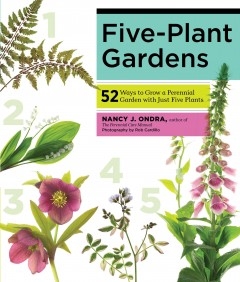A Collectors' Haven
/As you enter the Kominz garden in Weston, Mass., your jaw drops as your gaze lifts up the steep slope. A serpentine grass path leads through a series of gardens built around collections of unusual conifers, Japanese maples, rare trees, hostas and perennials.
When Phyllis first moved into the house 55 years ago, the former hotel cottage was in major need of TLC. But it sat on an acre of land, and Phyllis had always dreamed of having a large garden. The first 20 years were focused on the house, work and children. When Phyllis and David married 35 years ago, the garden became a joint hobby. A tour of English gardens inspired a passion for unusual conifers. Other collecting interests followed: epimediums, hostas, daylilies, and Japanese maples. The Kominzes traveled extensively and collected horticultural “souvenirs.” Unusual Japanese maples were tucked into suitcases and brought home from Oregon. Other collectible plants were purchased on trips to New England specialty nurseries Broken Arrow, Cochato, Cady’s Falls, Avant Gardens, Haskell Horticulturists, Blanchette’s, and O’Brien Nursery.
The Kominzes’ site provided many challenges—a long, narrow shape, steep incline, and a base of ledge. In many areas, there were only a few inches of soil. They solved some of these issues by creating a series of curvilinear terraced gardens in the sharply sloped front yard. Retaining walls, fountains and a pond were added.
The curving shape of the gardens provides the illusion of a much wider lot, and terracing creates usable planting areas and keeps water from washing the garden away. While the design of the garden is beautiful, the plants are the stars here – from 200 dwarf conifers in every shape and hue to red columnar beeches, uncommon elms, and hundreds of hostas and other perennials. Phyllis has a great eye for combining plants that complement each other with their colors and textures.
After touring the incredible front garden, the richly planted backyard is a real surprise. Here invasives, particularly poison ivy and bittersweet, had to be cleared before planting could begin. The beds were then outlined with brick and gravel, and adorned with more plant collections. Inspired by years of living in Japan, David installed his own Asian garden. Phyllis added a whimsical fairy garden with miniature bungalows that resemble English thatched-roof cottages. Japanese lanterns, figurative statues, miniature chairs and metal roosters add whimsy to the garden beds.
Phyllis and David were life-long learners, attending lectures at horticultural societies (Mass. Hort., New England Hosta Society, Mass. Chapter of the Rhododendron Society, American Conifer Society, Rock Garden Society, and Lexington Garden Club), participating in garden tours, and asking lots of questions at the specialty nurseries that they visited.
They both found that gardening reduced stress, added true joy to their lives, and kept them physically fit and young at heart. David worked in the garden until his late 90s. Today, Phyllis manages the garden by herself, with the help of friends and family. She continues to collect new plants and create new planted areas. She enjoys sharing the garden with visitors, and is a true inspiration to fellow gardeners.
Phyllis is a member of the Weston and Natick garden clubs, and numerous plant societies including the Massachusetts Rhododendron Society and New England Hosta Society. Her garden is included in the Enchanted Gardens Spring Garden Tour in May.

































































